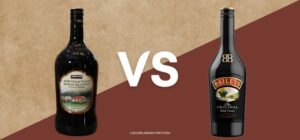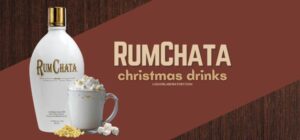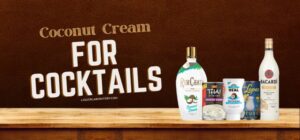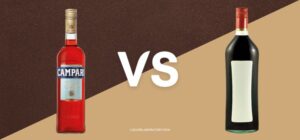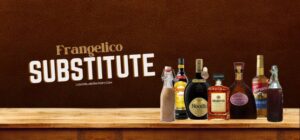Last Updated on March 1, 2024 by Lydia Martin
If you’re a straight bourbon whiskey fan, you must probably know Knob Creek and Maker’s Mark.
These siblings are two of the more popular American bourbon brands owned by one manufacturer.
But between Knob Creek vs Maker’s Mark, what’s the real difference?
To know which brand stands out more and what makes them distinct from each other, continue reading.
Table of Contents
ToggleHead On Battle Between Knob Creek vs Maker’s Mark
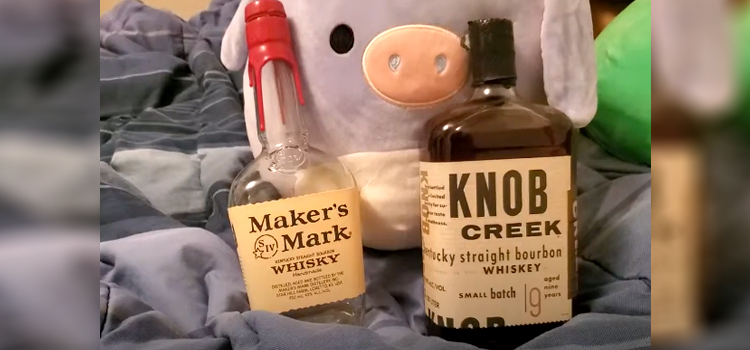
Knob Creek is bottled at 100-proof and has more interesting notes than Maker’s Mark. It is palatable and offers a satisfying bourbon.
On the other hand, Maker’s Mark has balanced and subtle notes making it easier and more approachable to new whiskey drinkers.
However, these two have something in common. Knob Creek and Maker’s Mark have one parent company, the Beam Suntory. But the huge difference lies in the production and the mash used.
Their Differences
History & Origin
Knob Creek bourbons were first introduced in 1992 by Booker Noe, the grandson of Jim Beam. He was promoted to master distiller after ten years. Knob Creek was named after a nearby farm from the distillery.
Maker’s Mark began when Bill Samuels Sr. bought Burks Distillery in 1953. Its production began in 1954, but the first bottle under the brand’s dipped red wax seal was in 1958. [1]
Distillation & Production Process
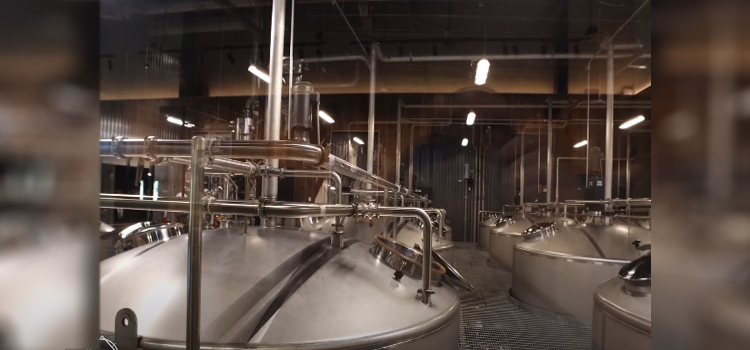
Like Jim Beam, Knob Creeks are distilled in the same column still. It’s distilled around 130-proof and enters the oak barrel at around 125-proof.
Meanwhile, Makers Mark is distilled twice in a copper column still and uses a sour mash fermentation process.
It comes off the still at 120-proof and enters the copper pot stills for a second distillation. After the second distillation, it comes off with 130-proof.
Read: How To Open Knob Creek Bottles
Maturation
Knob Creek small batch bourbons are aged in new charred oak barrels for nine years, which are longer than most bourbons.
It carries its nine-year-old age statement back in 2020 after a few years of some production issues.
Unlike Knob Creek, Maker’s Mark doesn’t have an age statement. However, it is reportedly aged around six to seven years in the new charred oak barrels.
More than 300 white oak barrels are mingled together for the consistency of the flavor.
Read: Maker’s Mark 46 vs Maker’s Mark Bourbon
Mash Bills & ABV
Knob Creeks have 70% corn, 16% wheat, and 14% of malted barley on its mash bill. It enters the barrel at around 125-proof and is bottled at a cask strength of 100-proof or 50% ABV.
On the contrary, Makers Mark uses red wheat and malted barley as its secondary grain.
Its mash bill officially contains 70% corn, 16% red wheat, and 14% malted barley. After distillation, it enters a 110-proof and is bottled at 90-proof or 45% ABV.
Tasting Notes
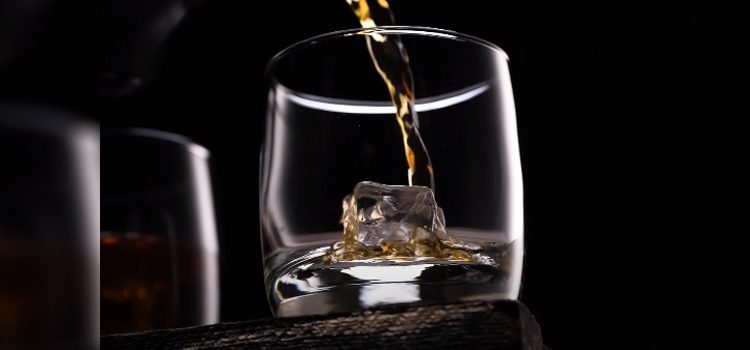
Knob Creek Bourbon Whiskey
Palate: Rich mouthfeel with fine rye spices, vanilla, dark chocolate, and caramel hints.
Nose: Toasty oak aromas with sweet and fruity notes.
Color: It has a dark amber color feature.
Finish: Long, warm, and slightly sweet finish with satisfying rich notes of vanilla and fine rye spices.
Maker’s Mark Bourbon Whisky
Palate: It has a pleasant and subtle taste of honey, caramel, and vanilla spice.
Nose: Woody oak aromas upfront and fades with vanilla, caramel, honey, and fruity notes.
Color: A light golden copper.
Finish: Short, sweet caramel finish with dry oak spice.
How It’s Served
Bottled at 100-proof, Knob Creek offers a thick texture that’s still drinkable. Its pleasantly warm and tasty bourbon is great to drink straight or neat. Adding a dash of water could help to release its sweet notes making it more pleasurable.
Maker’s Mark is one of the versatile bourbons usually served in cocktails. It’s a good start for new bourbon drinkers. Also, you can sip it neat, and putting a splash of water can tune down its spicy notes.
Whiskey vs Whisky
Whiskey and whisky are two different words, and there are more differences than their spelling. ‘Whiskey’ is a grain spirit distilled in the US and Ireland, while ‘whisky’ refers to a Scottish, Japanese, or Canadian grain spirit. [2]
Like every rule, there’s an exemption, and Maker’s Mark Kentucky Straight Bourbon Whisky is the notable exception. It’s all-American bourbon, but they chose the term ‘whisky’ because of its distiller’s Scottish-Irish heritage.
Ownership & Distillery
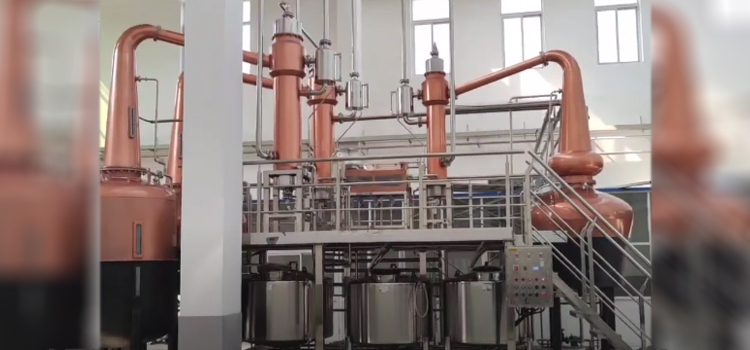
Knob Creek Kentucky bourbon is related to Maker’s Mark and Basil Hayden’s Old Grand Dad. They are all owned and produced by its parent company Beam Suntory and is produced in Jim Beam Distillery.
Knob Creeks were part of the small-batch bourbon collection of Jim Beam, and it is distilled in the Jim Beam distillery in Clermont, Kentucky. Meanwhile, Maker’s Mark is distilled in Loretto, Kentucky.
Brand Reputation/Popularity
Maker’s Mark Kentucky straight bourbon has a popular unique trademark. It has won awards, including its Double Gold medal last 2019. Maker’s Mark’s signature red hand-dipped wax feature makes it recognizable on liquor shelves.
Knob Creek’s full taste profile has also won numerous awards, including its single-barrel bourbon whiskey that won the Best Bourbon in 2015.
Price Point & Value
Maker’s Mark is less expensive than Knob Creek. It is around $32 for a 750ml bottle, while Knob Creek is roughly $38 per 750ml bottle.
Maker’s Mark’s lower price and subtle and balanced notes make it a good starter for new whiskey drinkers. However, Knob Creek has a robust flavor yet a smooth texture that is great at its price.
FAQs
Which is smoother, Knob Creek or Maker’s Mark?
Knob Creek is smoother than Maker’s Mark. Even though it has a higher proof, Knob Creek is a flavorful bourbon. It has a full-bodied, creamy texture that can go down smoothly without much burn.
Is Knob Creek better served neat than Maker’s Mark?
No, Maker’s Mark is better served neat than Knob Creek. Maker’s Mark is an easy-sipping bourbon compared to Knob Creek’s robust profile. It has a sweeter taste and subtle flavors that are excellent for sipping neat.
Which is spicier, Maker’s Mark or Knob Creek bourbon?
Knob Creek is spicier than Maker’s Mark because it uses high-rye, while Maker’s Mark uses wheat. The rye gives the bourbon a unique spicier taste and more depth to the taste profile.
How do Knob Creek and Maker’s Mark differ in taste?
Knob Creek is known for its bold and full-bodied flavor with rich oak and caramel notes, while Maker’s Mark offers a smoother and sweeter taste profile with hints of vanilla and caramel.
Which one is stronger, Knob Creek or Maker’s Mark?
Knob Creek is generally stronger in terms of alcohol content, with a higher proof compared to Maker’s Mark, which contributes to its bolder flavor profile.
Can I use Knob Creek and Maker’s Mark interchangeably in cocktails?
Yes! Both Knob Creek and Maker’s Mark can be used interchangeably in cocktails, but the choice may depend on whether you prefer a stronger, more robust flavor (Knob Creek) or a smoother, sweeter taste (Maker’s Mark).
Which one is better for sipping neat, Knob Creek or Maker’s Mark?
It ultimately comes down to personal preference. If you enjoy a stronger, more intense flavor experience, Knob Creek may be the better choice. However, if you prefer a smoother and more approachable sip, Maker’s Mark could be more suitable.
Final Thoughts
The battle between Knob Creek and Maker’s Mark is a close fight with its production process and quality. The full tasting notes and price are important factors to consider.
Knob Creek won this head-on battle for its full-body, creamy, robust bourbon while having a smooth consistency.
However, Maker’s Mark got the spot in terms of price category. Its price and sweet and balanced subtle flavor make it a great introduction for bourbon newbies.
References:
- https://explorekyhistory.ky.gov/items/show/264
- https://www.britannica.com/story/whats-the-difference-between-whiskey-and-whisky-what-about-scotch-bourbon-and-rye











